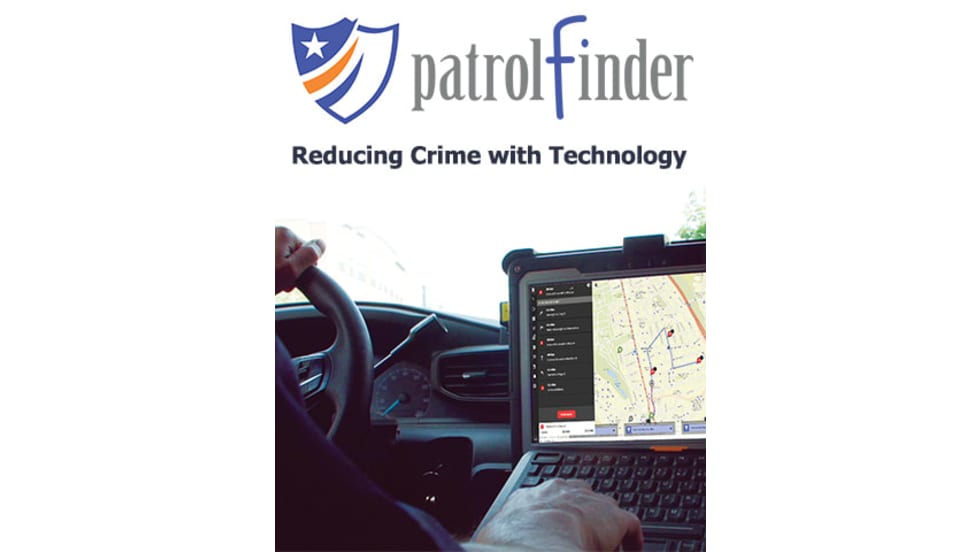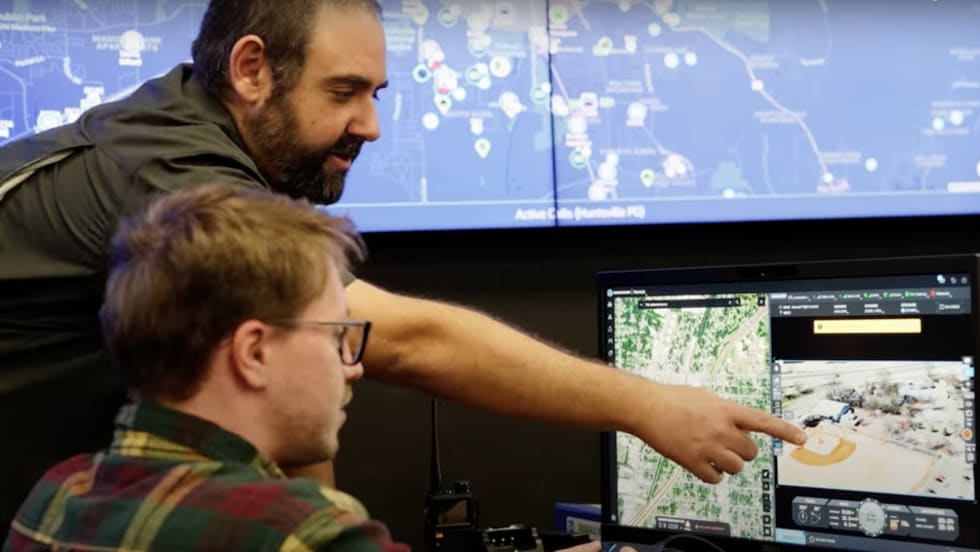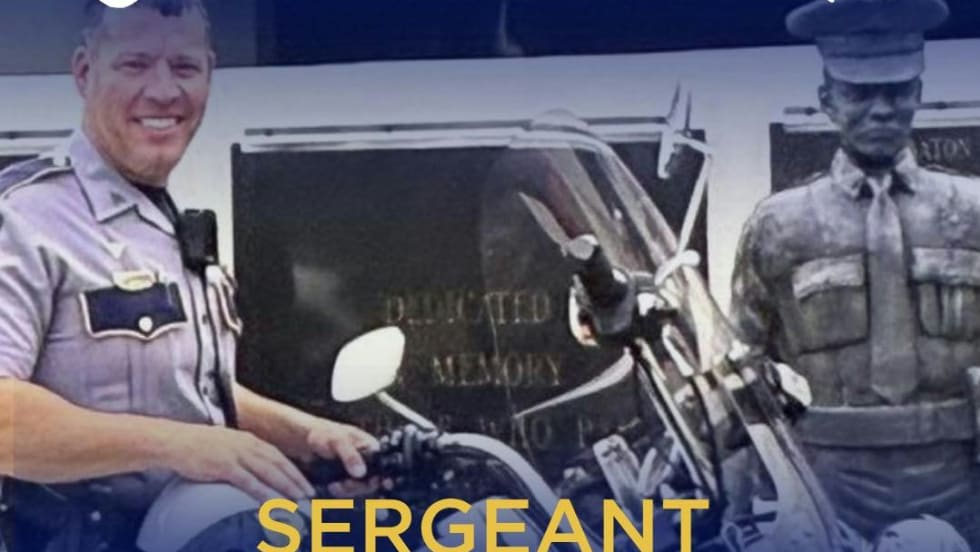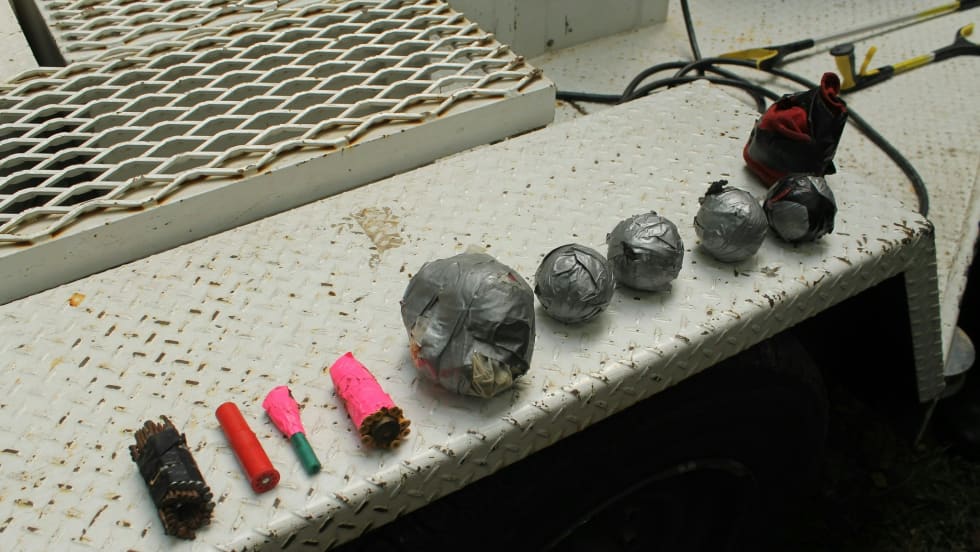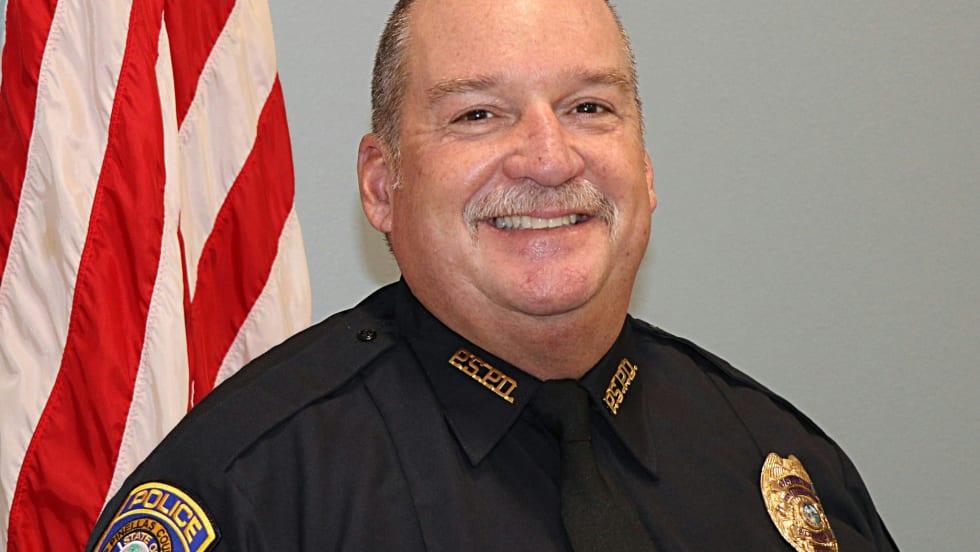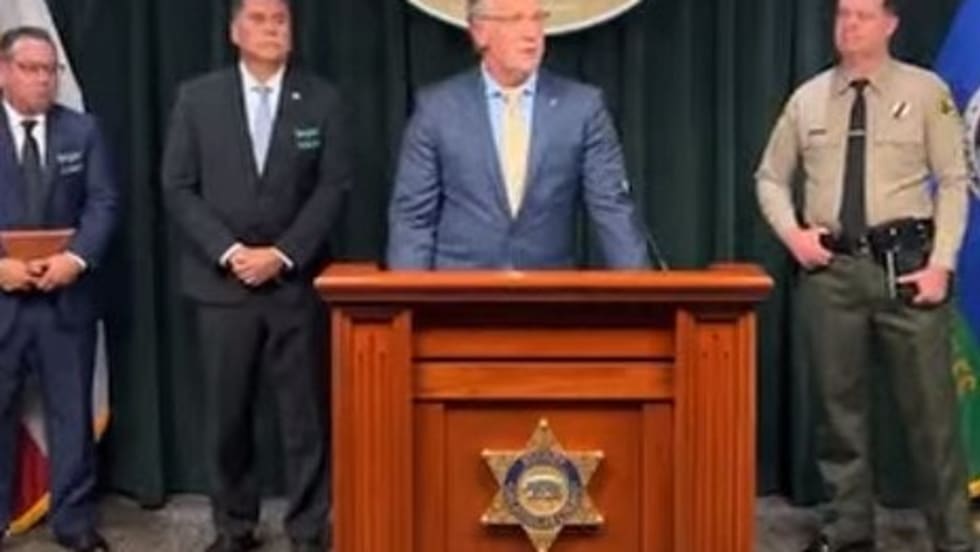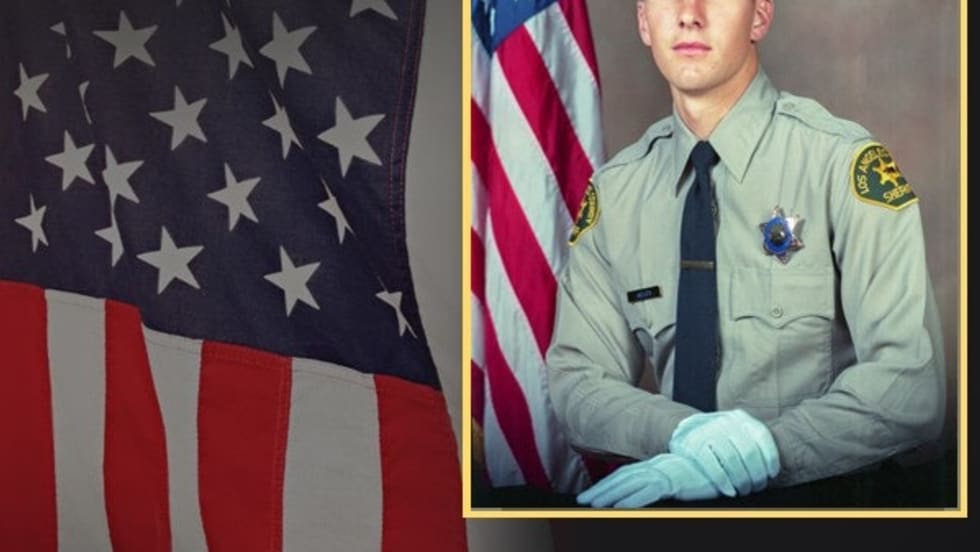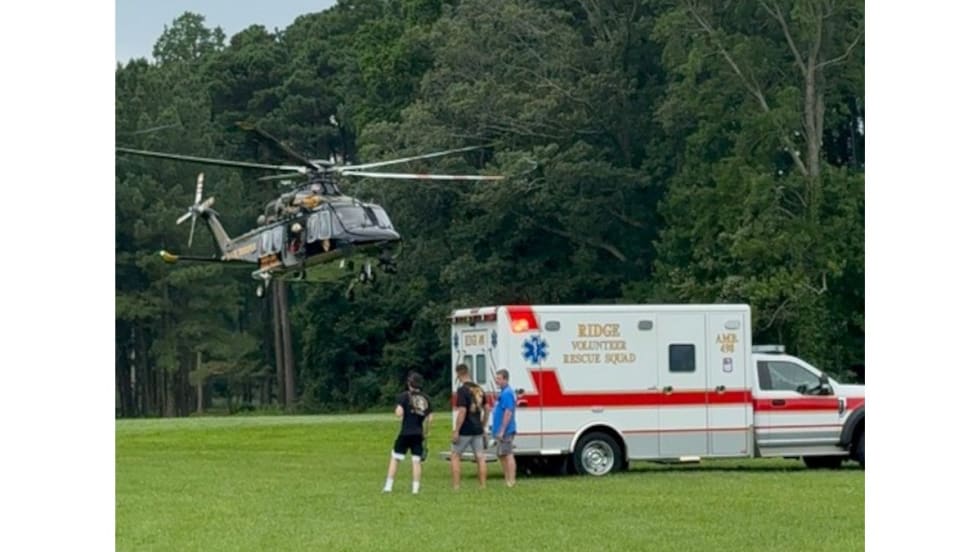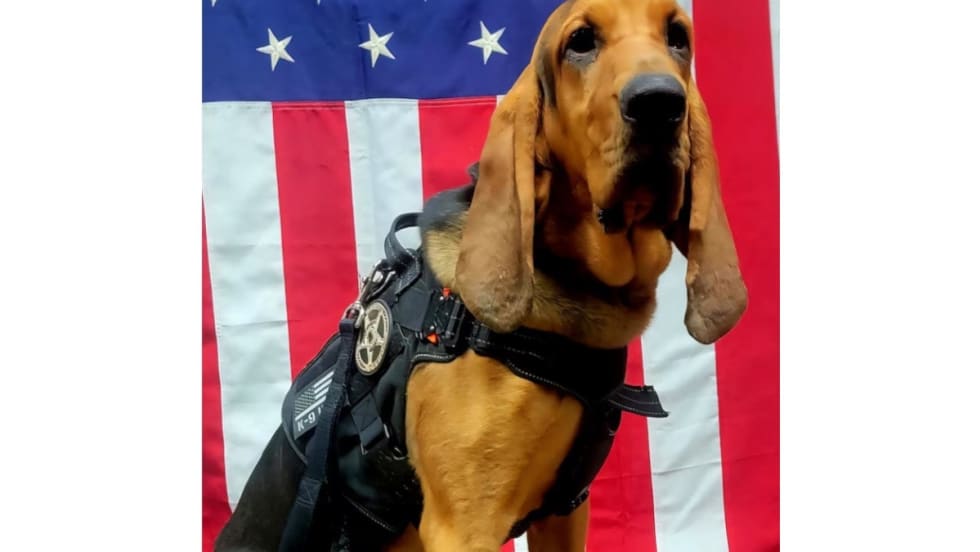Recently, other street gangs have established themselves on a national basis. Mara Salva Trucha, Sinoloan Cowboys, the Border Brothers, 18'" Street, Ghost Shadows, Gangster Disciples, Vice Lords and the Tiny Rascal Gang are just a few. If a national basis is a precursor for organized drug sales, these types of street gangs may join the ranks of the street gangs that control certain drug markets or drug sale turfs. In the 1999 NDIC, National Street Gang Survey Report Executive Summary a great example of this can be found. The Rolling 60s Crips, a nationally based street gang involved in organized dl1lg sales, was reported in 59 jurisdictions within 23 states.
By far, the majority of gang members who are involved in drug trafficking are independents, at street-level distribution. They are not part of an organized drug gang or organized crime group. For street cops, business will be as usual. Gang members at this level of drug trafficking will run from you, hide the dope and normally work within a well-defined sales turf. More importantly, the Current trend is that more of these gang members are younger and are armed.
These individual gang members can amass a small fortune of money, specifically from drug sales. The large amount of money can offer the opportunity for the individual gang member to assume leadership of his/her gang. It can also allow for the purchase of larger quantities of drugs, expanding of the market, the employing of other gang members and the chance to become a larger dealer. Does it happen? Today, there are a few 18'" Street, Blood and Crip millionaires. The drug trafficking business can be lucrative.
Taxation
A third factor is the impact of prison and street gangs on street level drug distribution. Since more and more street gang members are getting involved in drug sales, this offers an opportunity for some street and prison gangs to try and collect a tax on these sales. Non-gang member drug dealers in some areas of the country are paying the local street gang a tax for the right to sell drugs in the street gang turf. Some 18th Street gang members are involved in this type of activity. In fact, some 18th Street cliques are known to even tax local prostitutes and street vendors.


